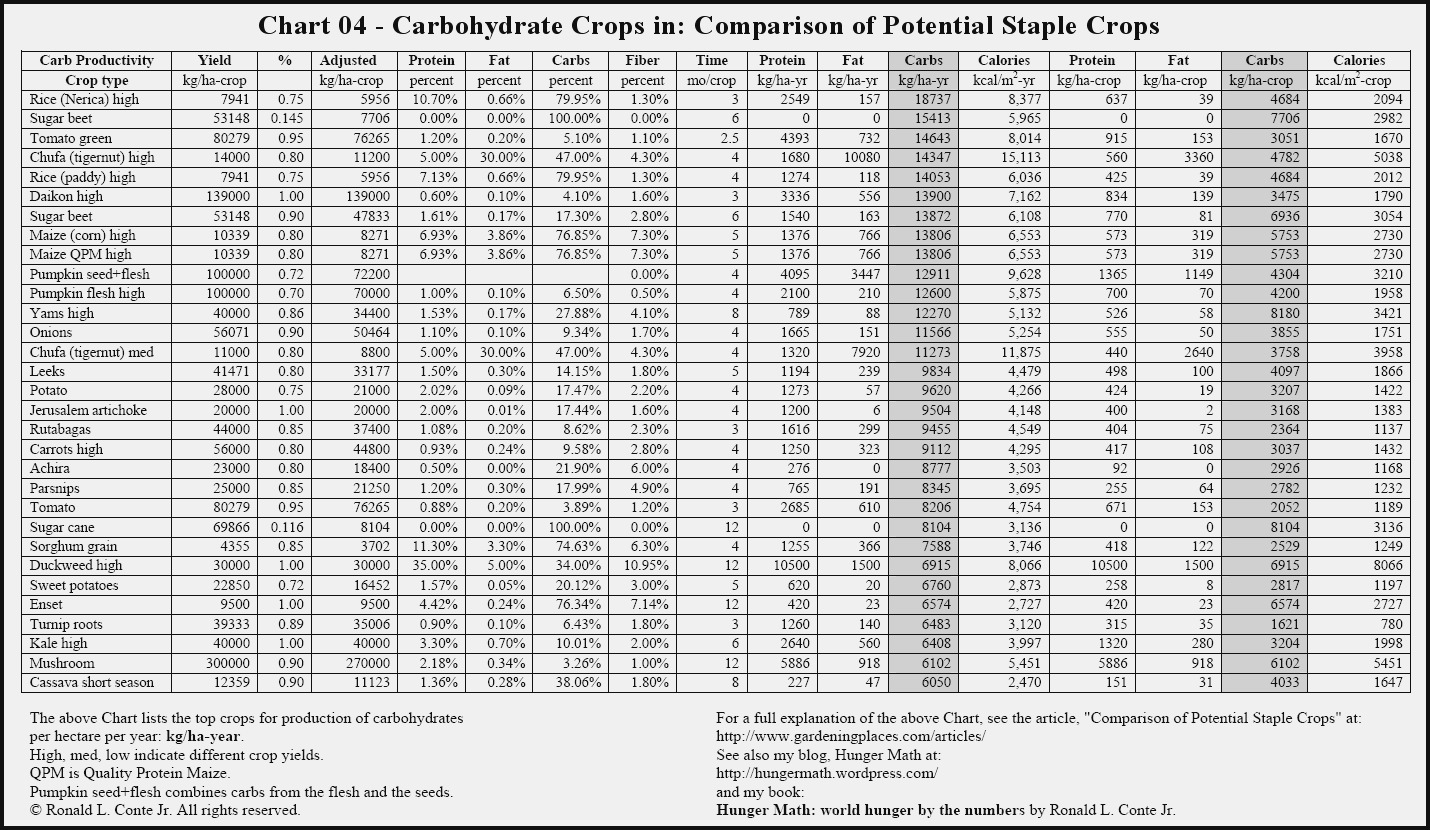
A dietitian or diabetes care and education specialist can help you create an eating plan that works for your unique needs and lifestyle.Īsk your doctor to refer you to diabetes self-management education and support (DSMES) services, where you’ll work with a diabetes educator to create a healthy meal plan just for you. The amount you can eat and stay in your target blood sugar range depends on your age, weight, activity level, and other factors. There’s no “one size fits all” answer-everyone is different because everyone’s body is different. Total carbs: 19 grams, about 1 carb serving How many carbs should I eat? Total carbs: 57 grams, about 4 carb servings

Total carbs: 59 grams, about 4 carb servings Total carbs: 65 grams, about 4 carb servings This sample menu has about 1,800 calories, 200 grams of carbs, and about 13 carb servings. Try to eat about the same amount of carbs at each meal to keep your blood sugar levels steady throughout the day (not necessary if you use an insulin pump or give yourself multiple daily injections-you’ll take a fast-acting or short-acting insulin at mealtimes to match the amount of carbs you eat). However, at about 30 grams of carbs, it counts as 2 carb servings.

For example, most people would count a small baked potato as 1 serving. This isn’t always the same as what you think of as a serving of food. You can also check this list or use a carb-counting app to find grams of carbs in foods and drinks.įor diabetes meal planning, 1 carb serving is about 15 grams of carbs. On packaged foods, you can find total carb grams on the Nutrition Facts label. How are carbs measured?Ĭarbs are measured in grams.

Sugars and starches raise your blood sugar, but fiber doesn’t.


 0 kommentar(er)
0 kommentar(er)
